Shalini Misra’s Delhi home is a seasonal sanctuary ‘made in India’
Interior designer Shalini Misra’s retreat in the Indian capital champions modernist influences, Islamic ancestry and local craftsmanship
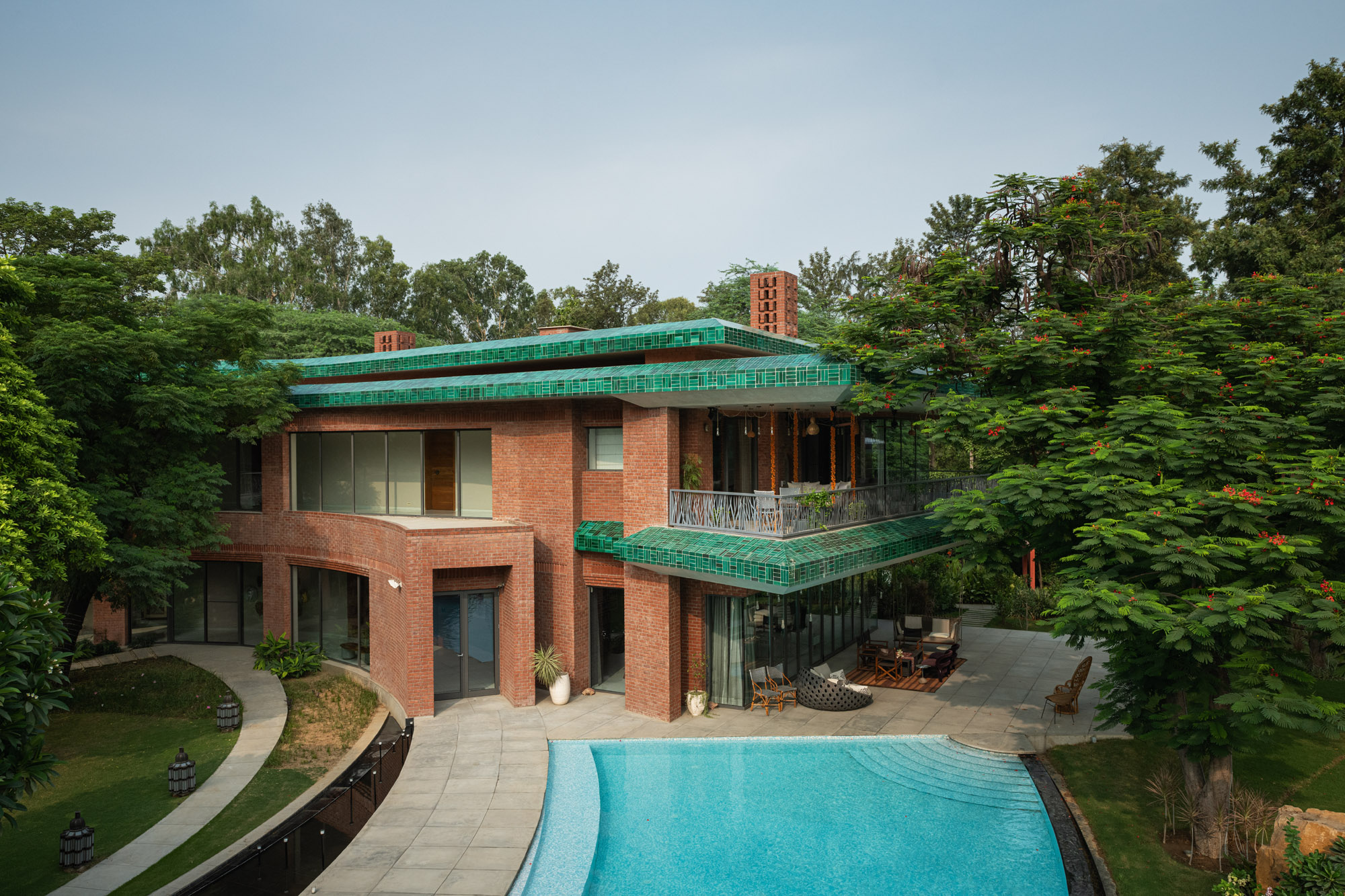
London-based interior designer and architect Shalini Misra’s ‘farmhouse’, cocooned in 3.7 acres of artfully sculpted gardens, is a refreshingly original family home. Its low-slung volume is distinctly modernist, but trimmed with classical blue-green tiles of Islamic ancestry; its sinuous curves follow the arcs of healing chakras, and seven moon gates punctuate the densely planted perimeter walk. Despite doffing her cap to modern masters such as Frank Lloyd Wright, James Turrell and Joseph Allen Stein, Misra wanted ‘essentially a “Made in India” house that would provide both anchor and seasonal sanctuary’ for her family’s peripatetic, international lifestyle.
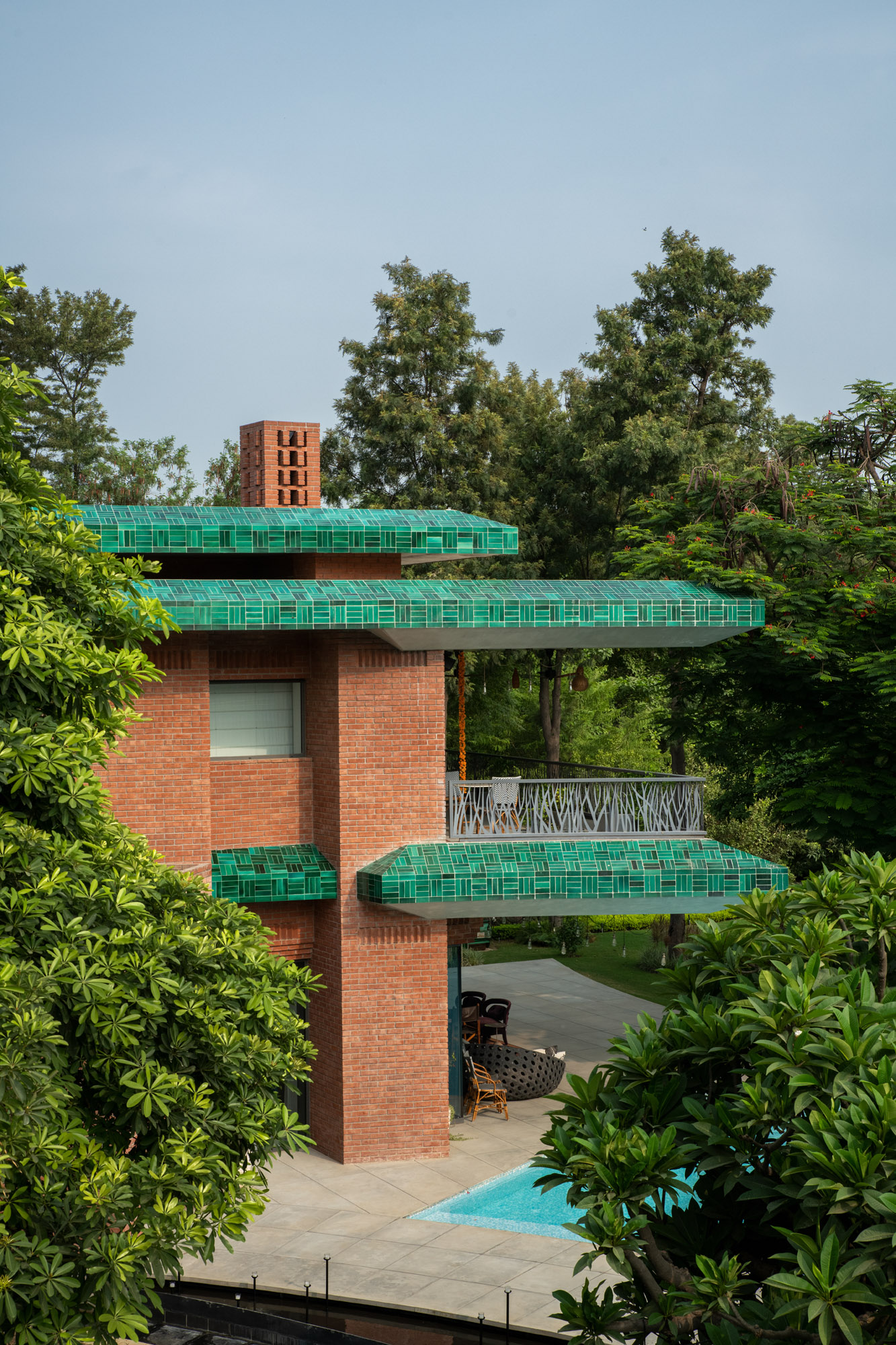
Take a tour of Shalini Misra's home in Delhi
Long before they moved to America, Shalini and her husband Rajeev – who heads SoftBank’s Vision Fund that’s invested $8bn in Indian start-ups – were Delhi people. An architecture school graduate, Misra later studied urban planning at Columbia University. A shift to London in 1994, and raising a family of three, did not deter her from taking another degree in virtual reality architecture at the Bartlett.
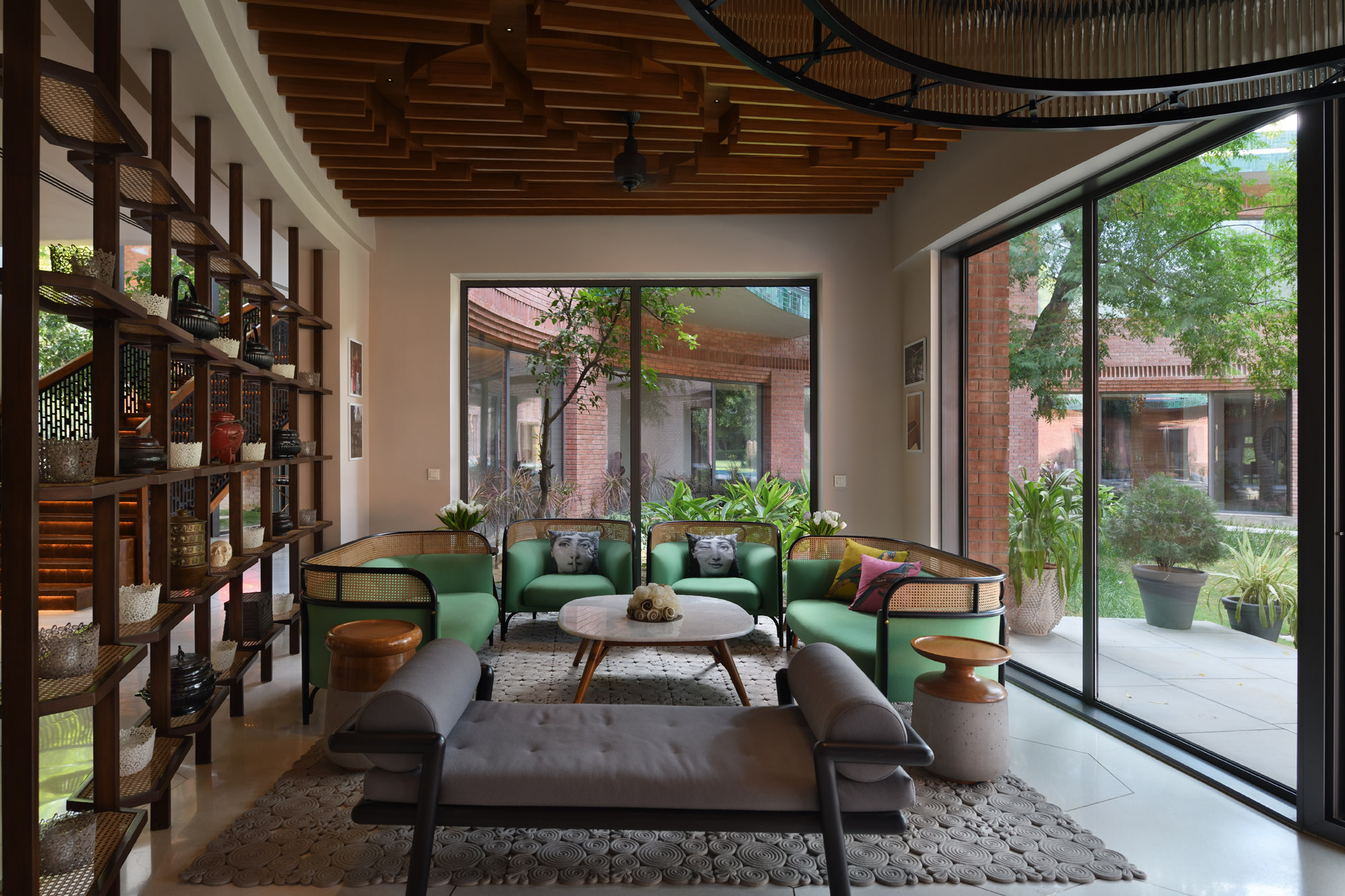
‘I hadn’t a clue about interior design,’ says Misra, as she plunged into an ‘unknown world of swags, tails and tiebacks’ when friends handed her a four-bedroom Kensington flat to refurbish. Operating her first office from her dining table, Misra is now at the helm of a studio based in Queen’s Park in north London, with 12 full-time designers and a portfolio of high-end residential and commercial interiors.
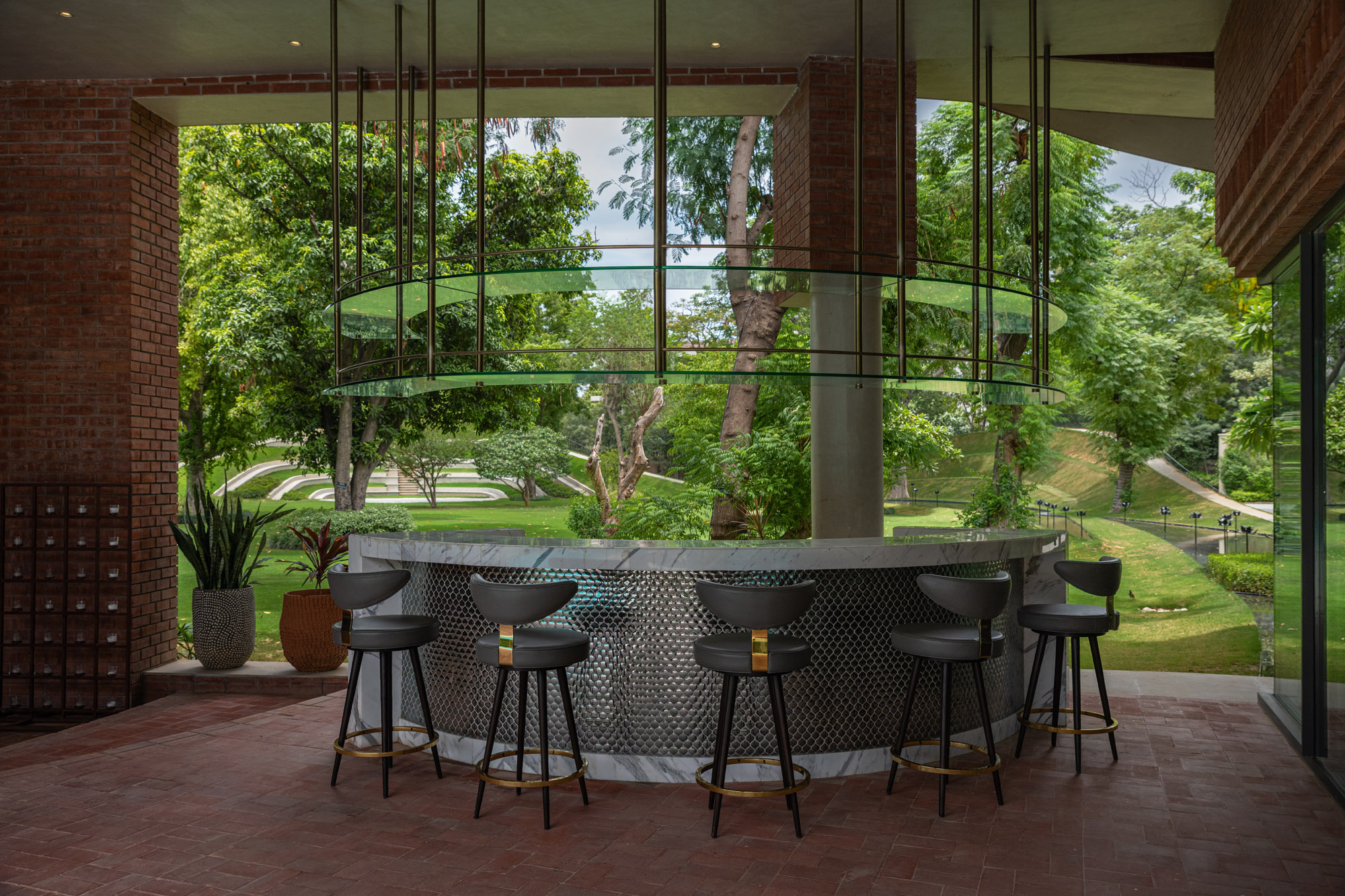
But her 20,000 sq ft family retreat in Delhi is far removed from the global melting pots of Belgravia and Chelsea. From the moment the couple acquired the property in 2014 from a general’s widow, Misra knew the house would emerge from, and merge into, the landscape of nearly 200 flowering and fruit trees.
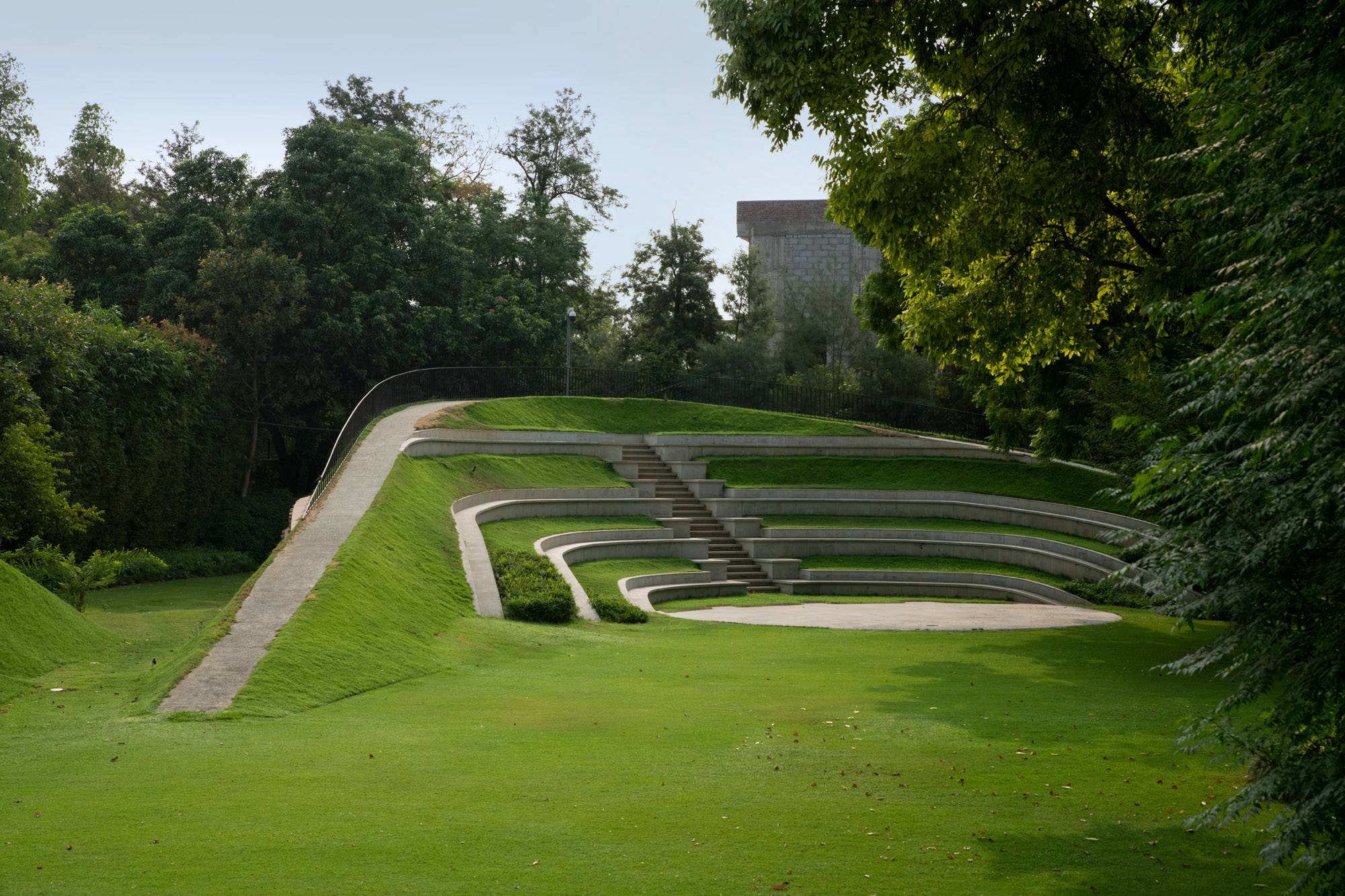
The linked harmony of indoor and outdoor spaces is a key feature of traditional Indian architecture. Almost immediately the house was pivoted on a view of two grand frangipanis, then began to flow as a continuum of spaces, with formal and informal living and dining areas, a double-height entrance foyer, study, and four generous bedrooms above all opening onto courtyards, terraces, balconies and garden enclosures.
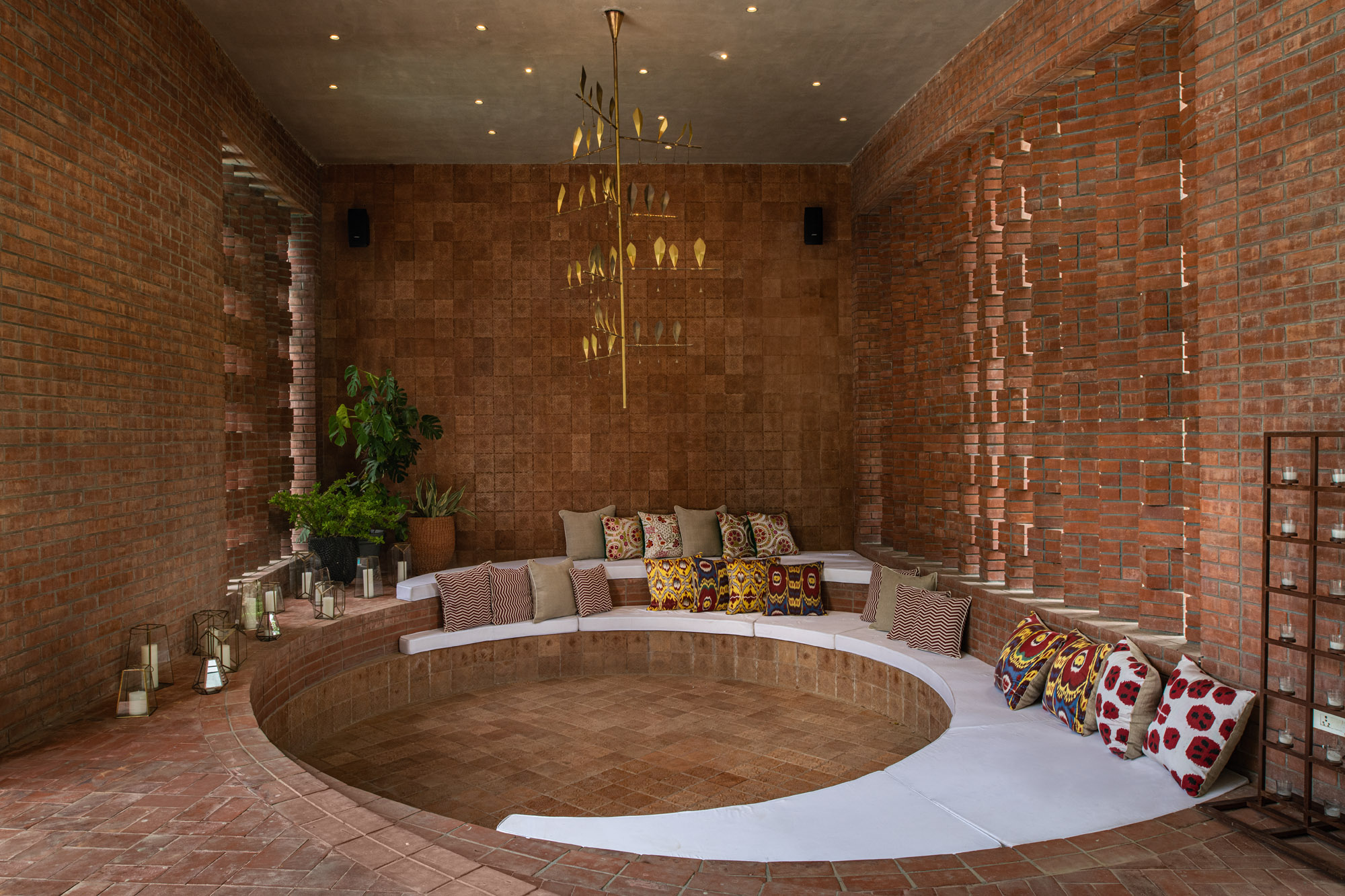
Misra used double-insulation brickwork to ward off summer heat, and created jali screens to filter light and shade. ‘I couldn’t bear the idea of the imported marble, wood and fabrics that often end up in high-end Indian homes,’ she says. She sourced materials from local designers and artisans, often scouring remote villages and craft fairs for specialists.
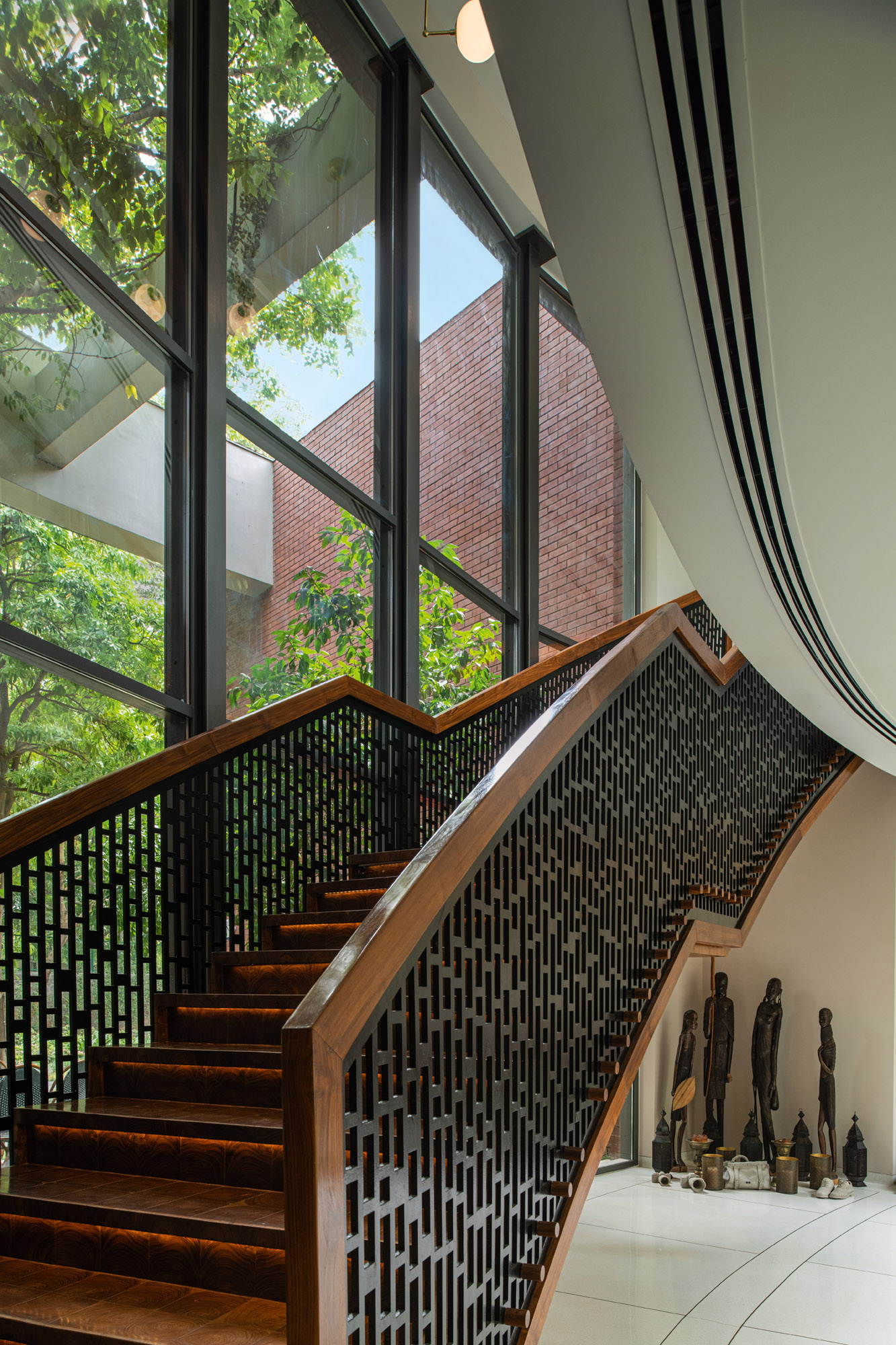
‘I was determined to lay an in situ terrazzo floor and set up a village of master craftsmen on the premises.’ She also commandeered a platoon of mirror-inlay artists from Rajasthan to recreate the shimmering ornamentation of Indian palaces.
Receive our daily digest of inspiration, escapism and design stories from around the world direct to your inbox.
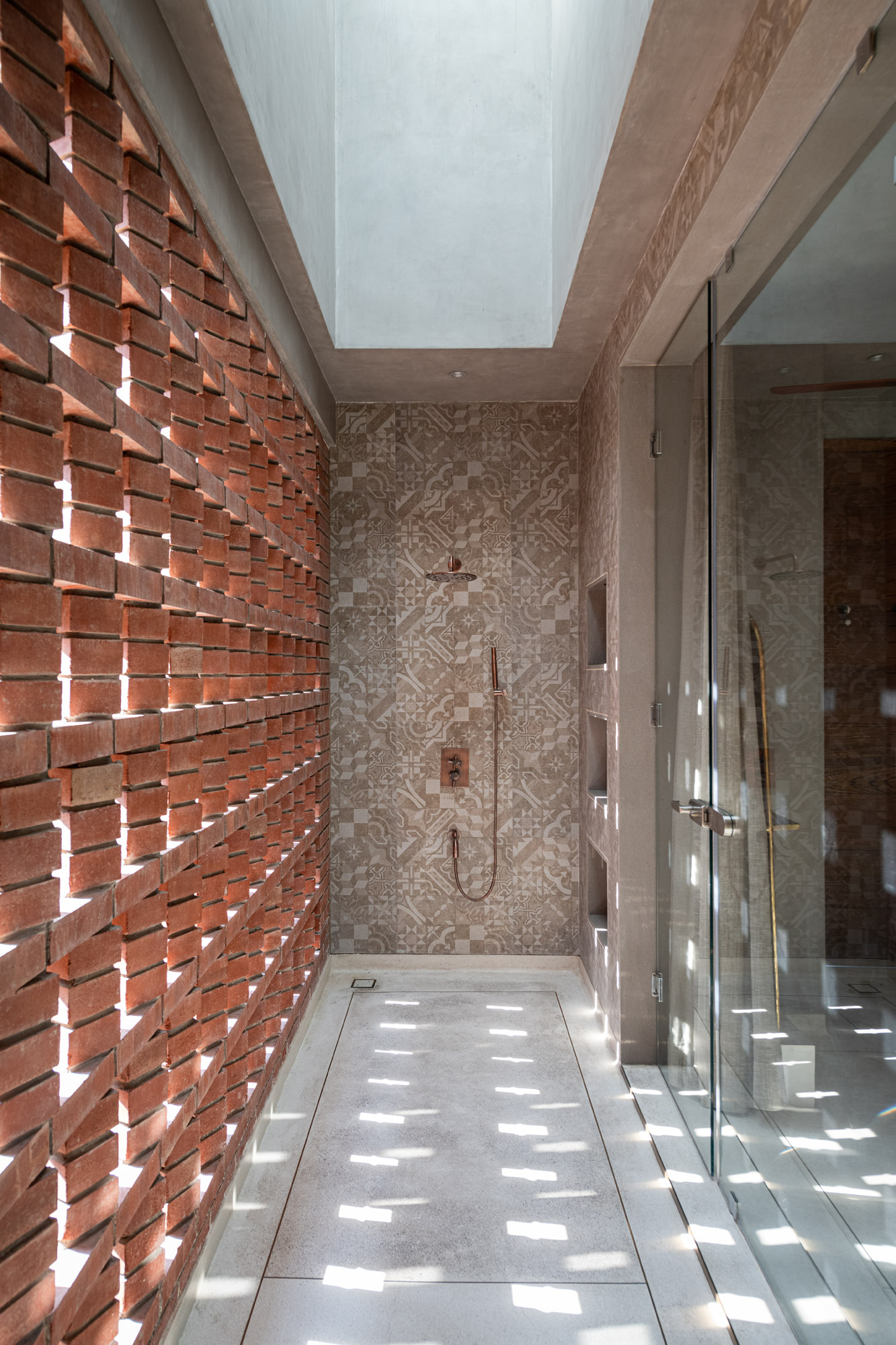
Much of the woodwork, including the panelled study, was accomplished by a modest local carpenter to her studio’s blueprints. Contemporary Delhi-based designers were sought out, from landscape architect Samir Mathur and lighting designers Klove Studio, to bespoke furniture makers Mike and Preeti Knowles of Hidden Gallery, Puru Das from DeMuro Das, Alex Davis, and Ashish V Anand from Living Spaces.
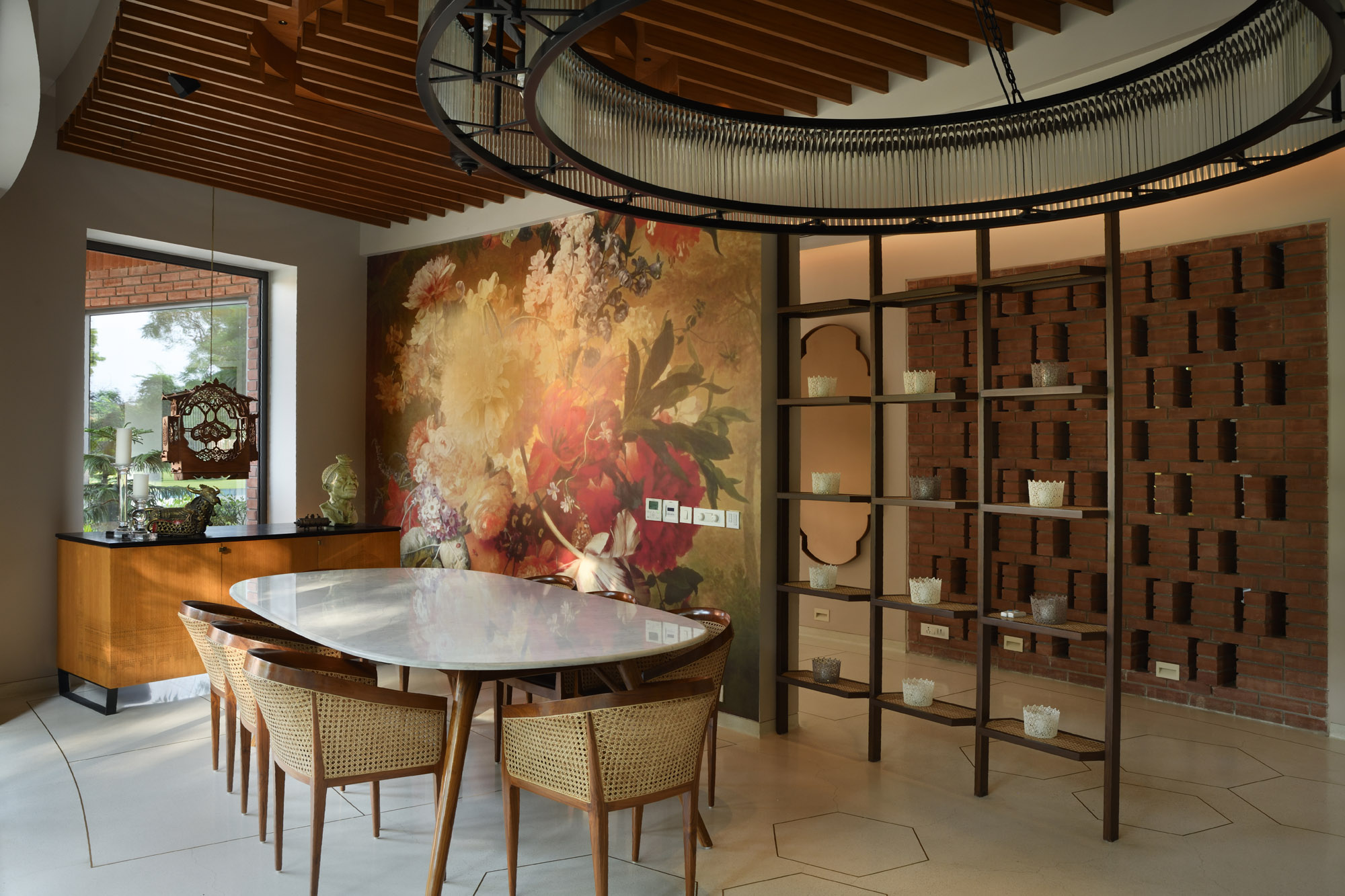
The couturier Tarun Tahiliani offered to dress a dining room wall with an expanded colonial aquatint with gold embroidery. ‘He refused to charge a fee, and has become a friend,’ she says, of the kind of close bonds that developed during her three-year building odyssey.
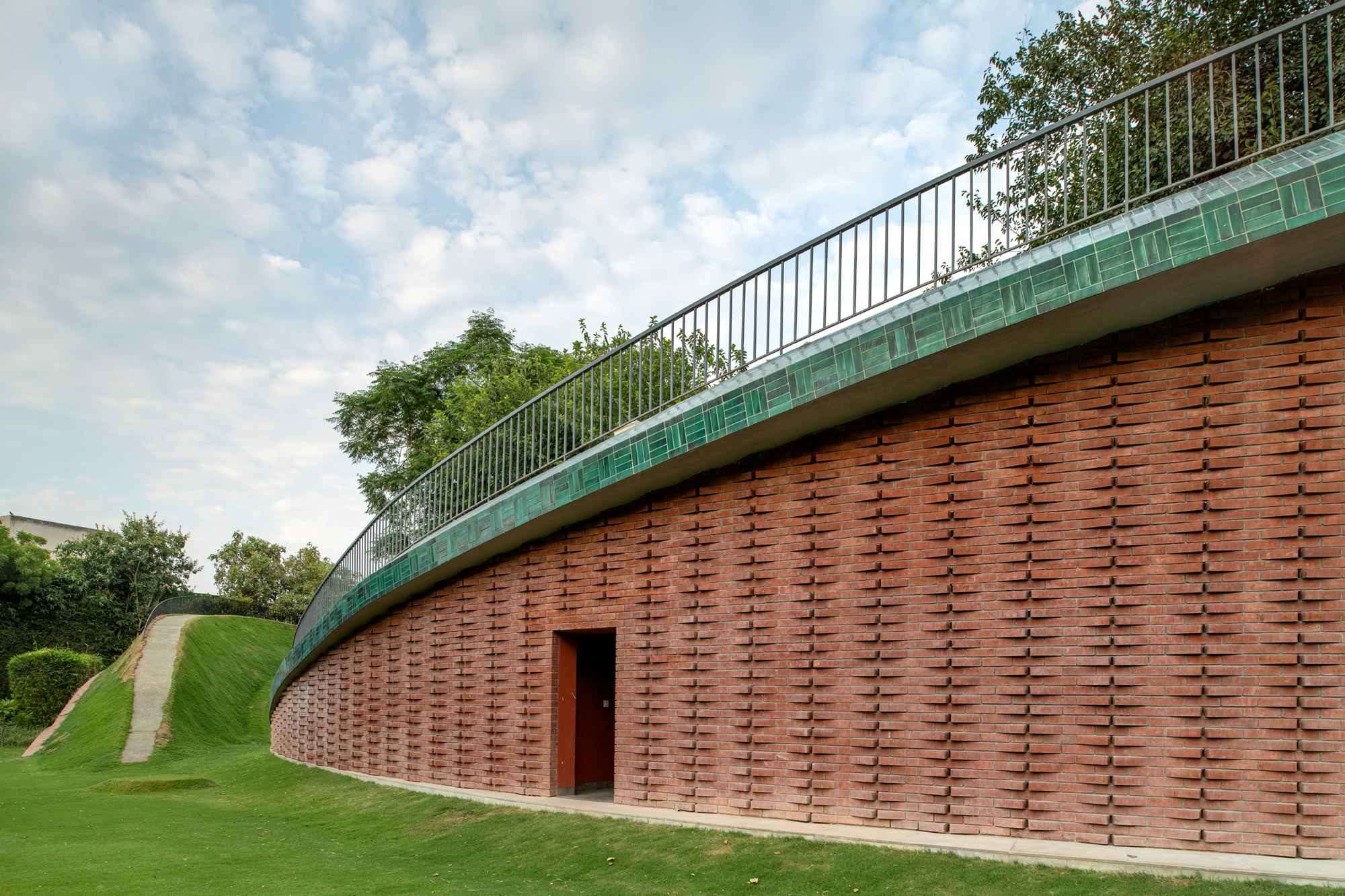
She also commissioned the US-born, Britain-based landscape architect and cultural theorist Charles Jencks to devise the plan for the garden, with its captivating mounds, swirls and mystical shapes. As the first raindrops of the monsoon fall, she steps out, inhales and says: ‘It’s the smell of Indian earth I miss most. Soon the parrots and peacocks will splash their colours. Could anyone ask for a better homecoming?’
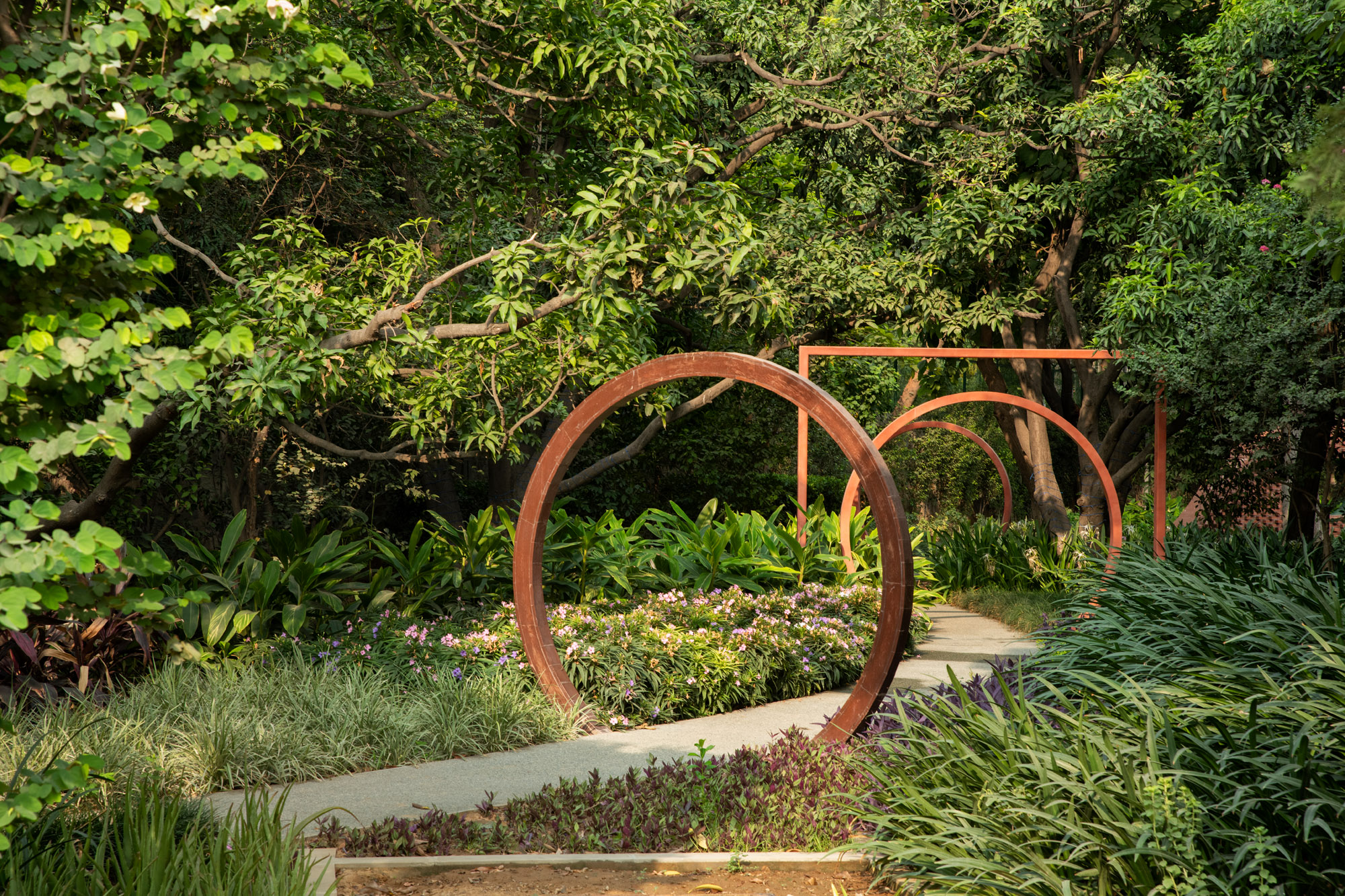
A version of this article first appeared in the October 2019 issue of Wallpaper*
-
 New tech dedicated to home health, personal wellness and mapping your metrics
New tech dedicated to home health, personal wellness and mapping your metricsWe round up the latest offerings in the smart health scene, from trackers for every conceivable metric from sugar to sleep, through to therapeutic furniture and ultra intelligent toothbrushes
-
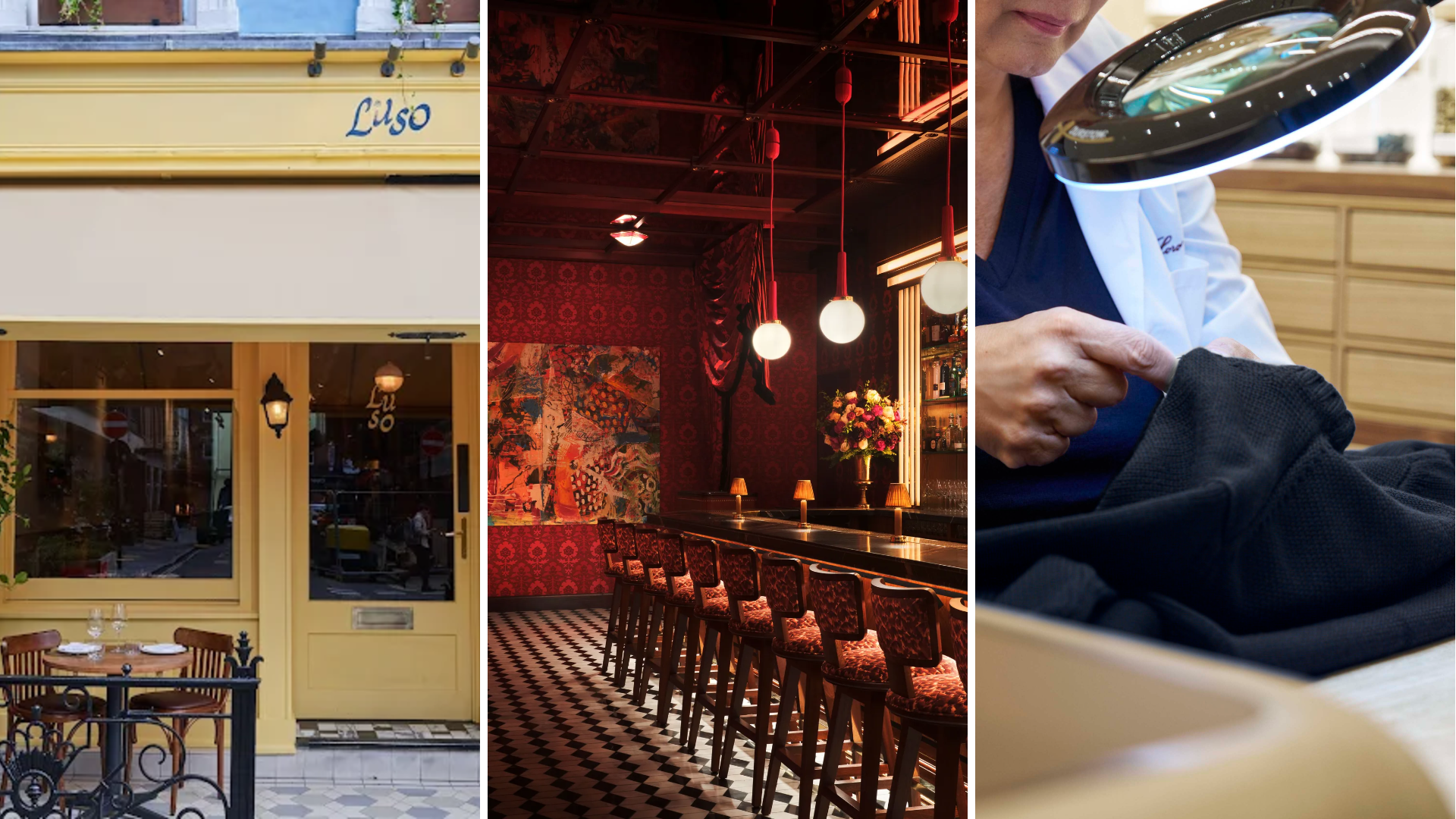 Out of office: The Wallpaper* editors’ picks of the week
Out of office: The Wallpaper* editors’ picks of the week'Tis the season for eating and drinking, and the Wallpaper* team embraced it wholeheartedly this week. Elsewhere: the best spot in Milan for clothing repairs and outdoor swimming in December
-
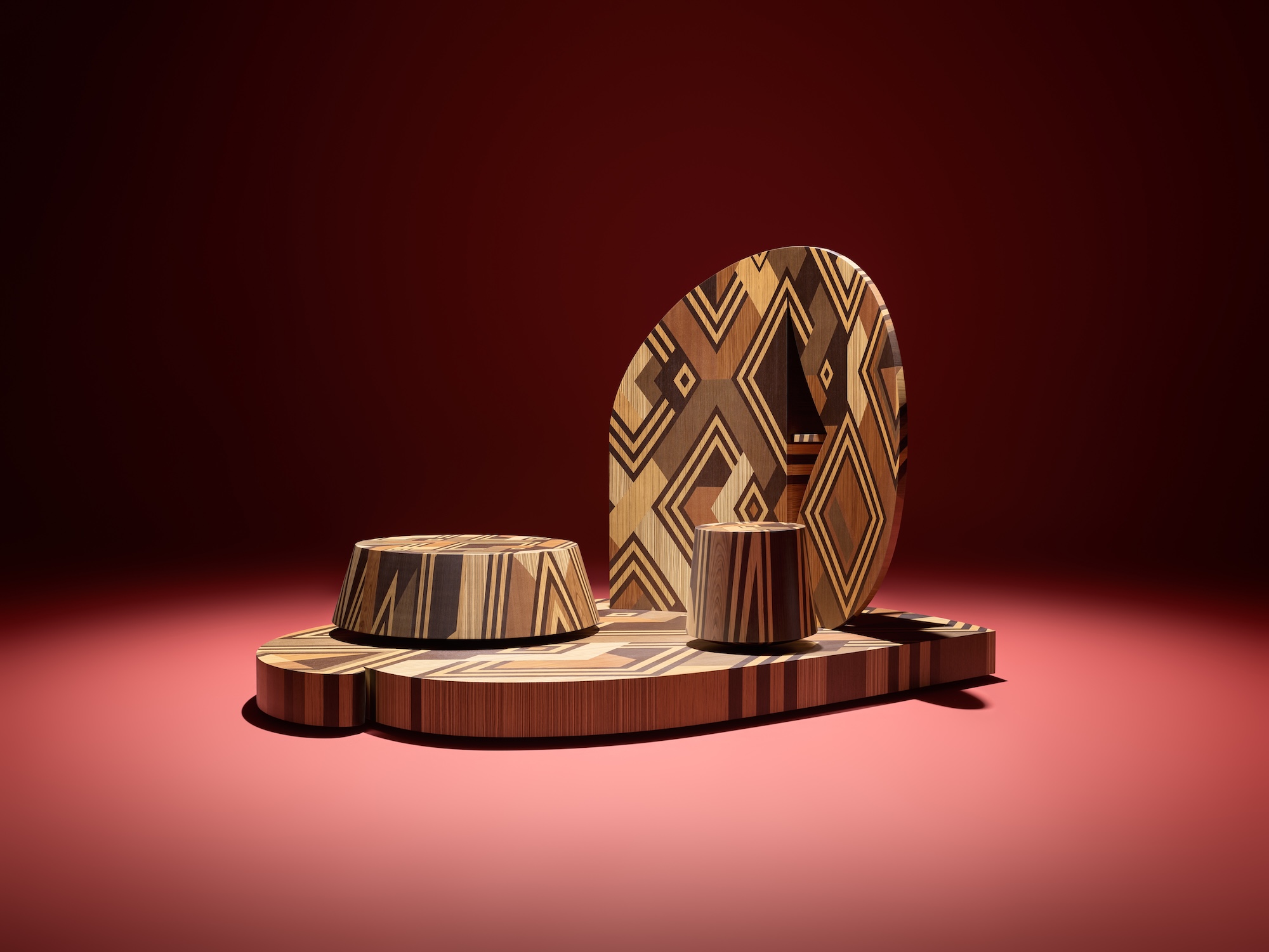 How Stephen Burks Man Made is bringing the story of a centuries-old African textile to an entirely new audience
How Stephen Burks Man Made is bringing the story of a centuries-old African textile to an entirely new audienceAfter researching the time-honoured craft of Kuba cloth, designers Stephen Burks and Malika Leiper have teamed up with Italian company Alpi on a dynamic new product
-
 A day in Ahmedabad – tour the Indian city’s captivating architecture
A day in Ahmedabad – tour the Indian city’s captivating architectureIndia’s Ahmedabad has a thriving architecture scene and a rich legacy; architect, writer and photographer Nipun Prabhakar shares his tips for the perfect tour
-
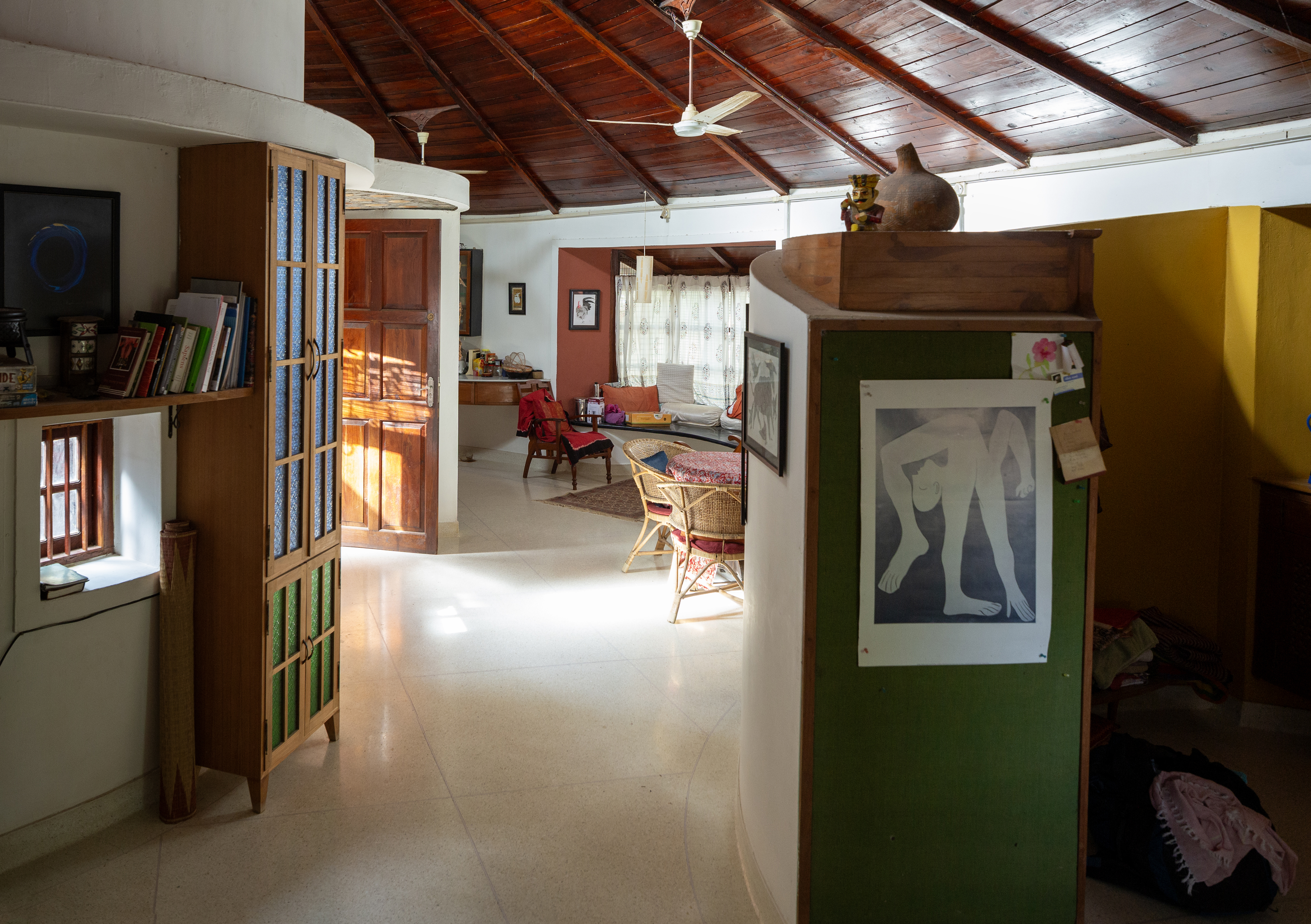 Inside a creative couple's magical, circular Indian home, 'like a fruit'
Inside a creative couple's magical, circular Indian home, 'like a fruit'We paid a visit to architect Sandeep Virmani and social activist Sushma Iyengar at their circular home in Bhuj, India; architect, writer and photographer Nipun Prabhakar tells the story
-
 The Architecture Edit: Wallpaper’s houses of the month
The Architecture Edit: Wallpaper’s houses of the monthFrom wineries-turned-music studios to fire-resistant holiday homes, these are the properties that have most impressed the Wallpaper* editors this month
-
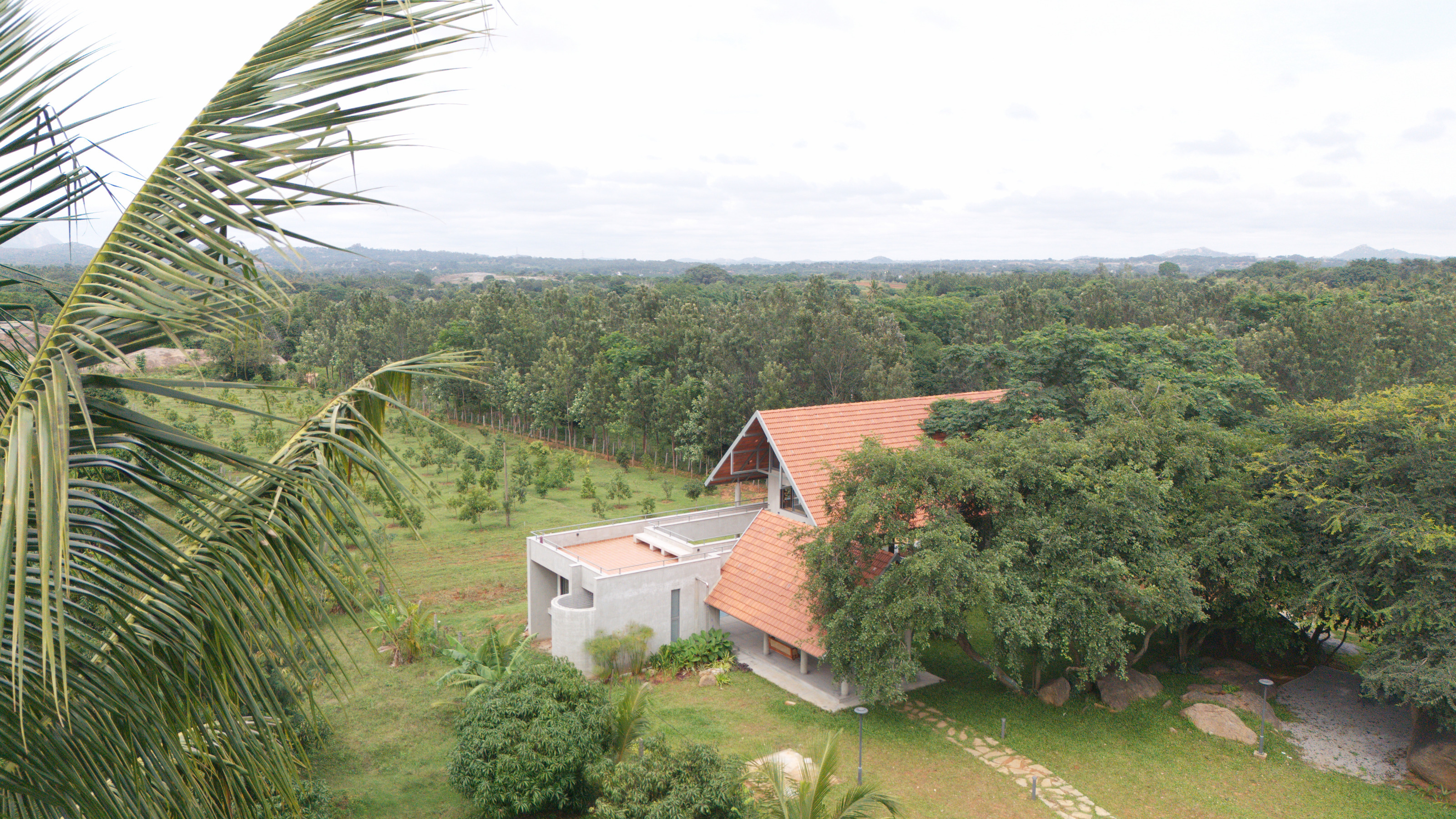 A refined Indian country residence reimagines the farmhouse
A refined Indian country residence reimagines the farmhouseSet among Karnataka’s rolling fields and forest, House by the Grove by Taliesyn Design & Architecture combines modern materials with an open approach to the elements
-
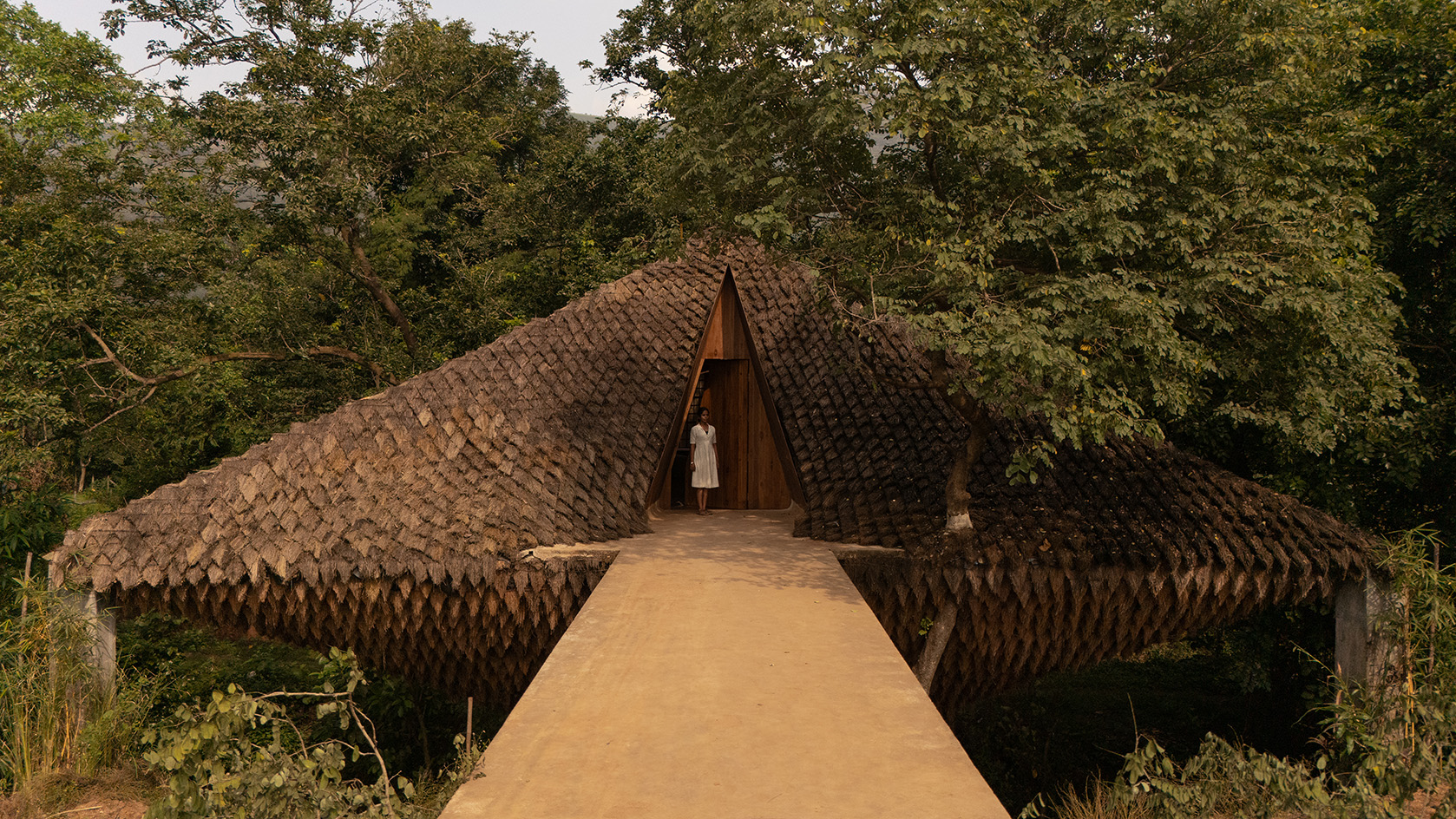 Half bridge, half home: Wallmakers’ latest project takes architecture to daring new heights
Half bridge, half home: Wallmakers’ latest project takes architecture to daring new heightsHovering above a forest stream in Maharashtra, Bridge House pushes the limits of engineering and eco-conscious design
-
 The Architecture Edit: Wallpaper’s houses of the month
The Architecture Edit: Wallpaper’s houses of the monthFrom Malibu beach pads to cosy cabins blanketed in snow, Wallpaper* has featured some incredible homes this month. We profile our favourites below
-
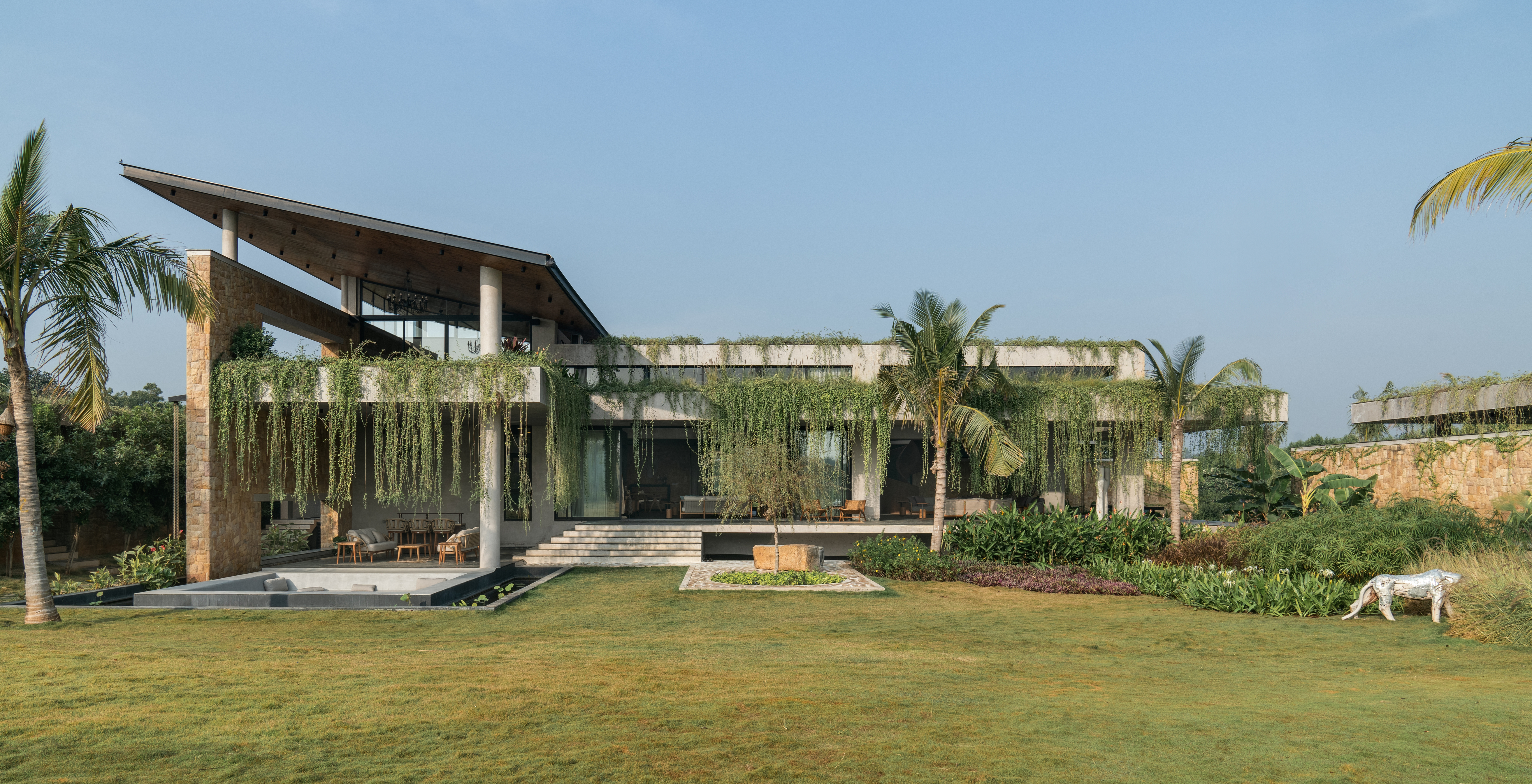 Cascading greenery softens the brutalist façade of this Hyderabad home
Cascading greenery softens the brutalist façade of this Hyderabad homeThe monolithic shell of this home evokes a familiar brutalist narrative, but designer 23 Degrees Design Shift softens the aesthetic by shrouding Antriya in lush planting
-
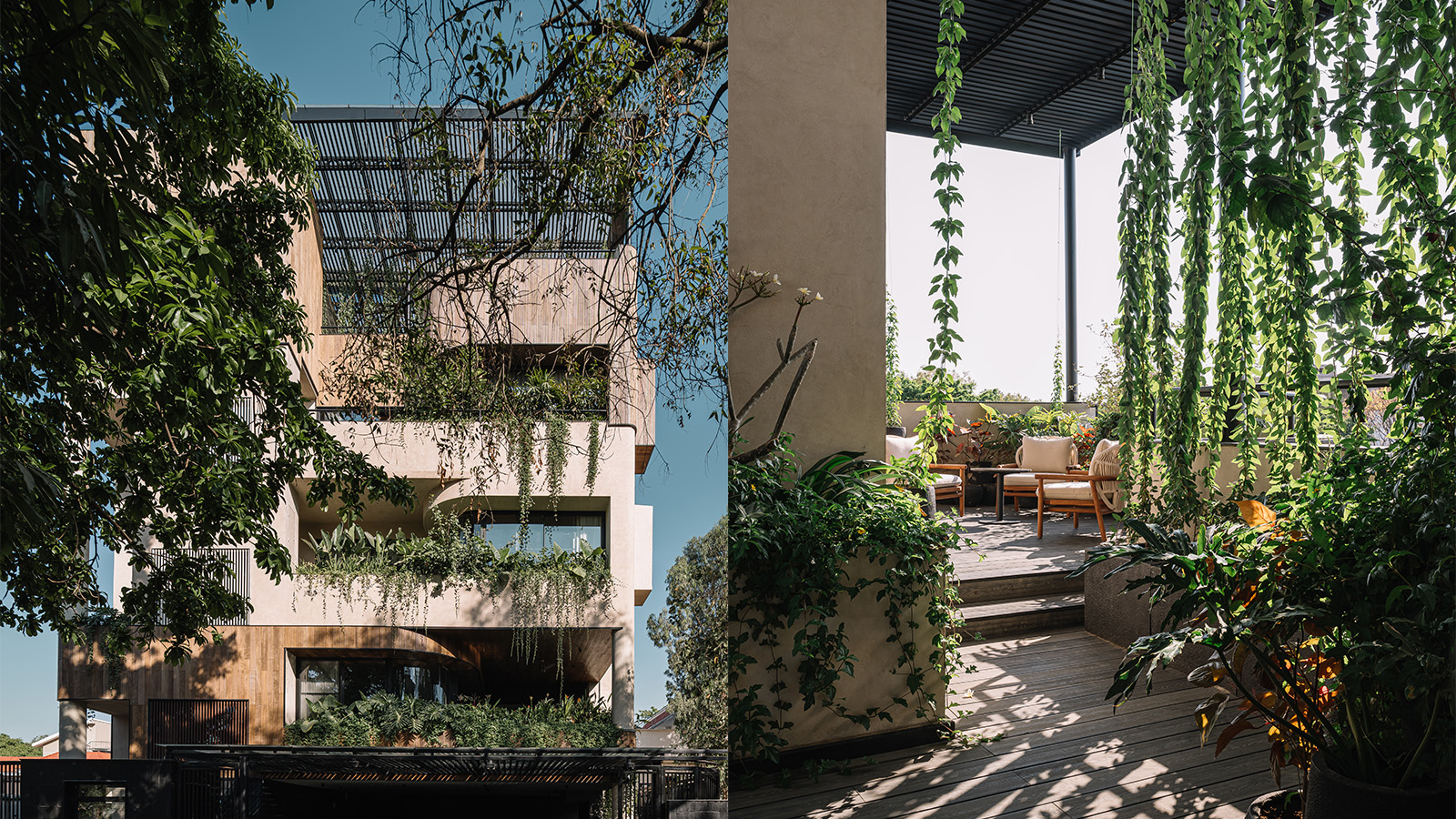 A lush Bengaluru villa is a home that acts as a vessel for nature
A lush Bengaluru villa is a home that acts as a vessel for natureWith this new Bengaluru villa, Purple Ink Studio wanted gardens tucked into the fabric of the home within this urban residence in India's 'Garden City'